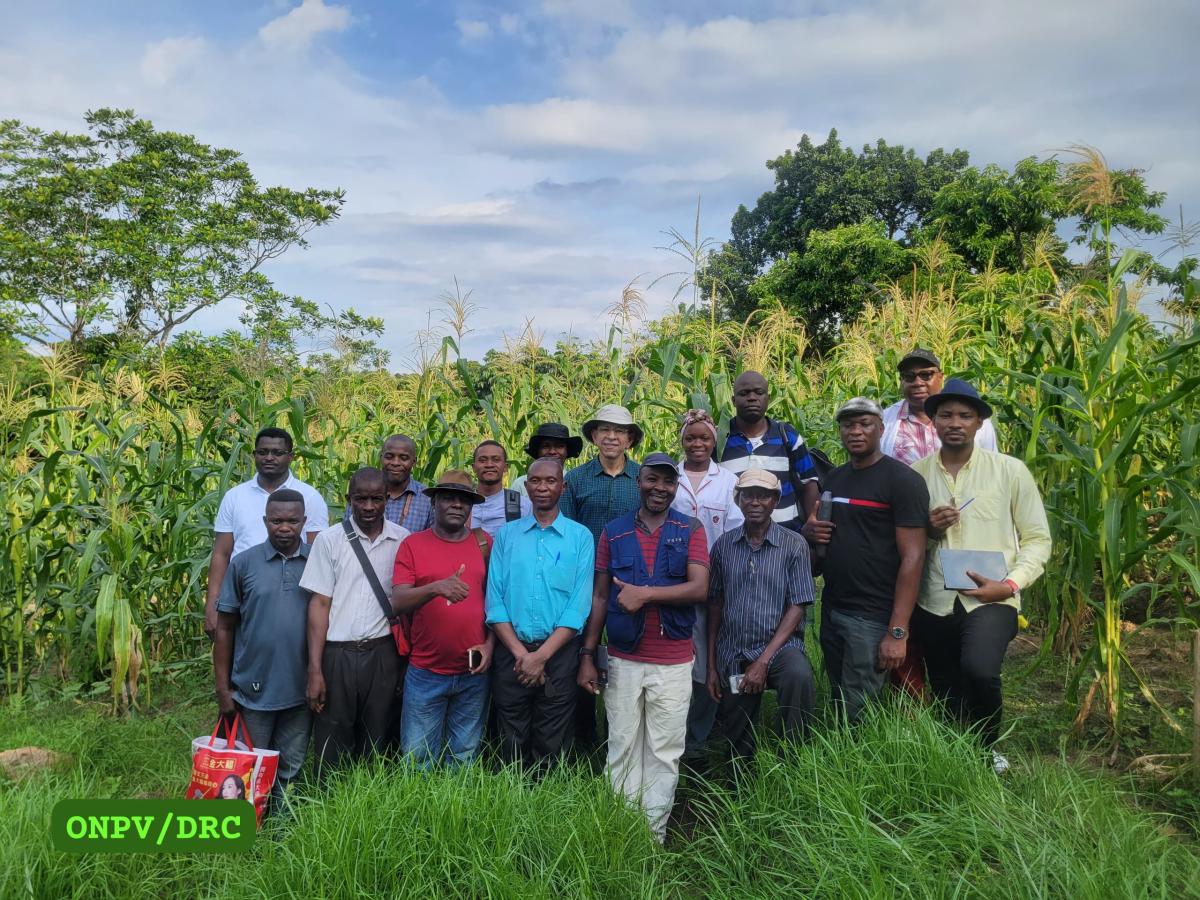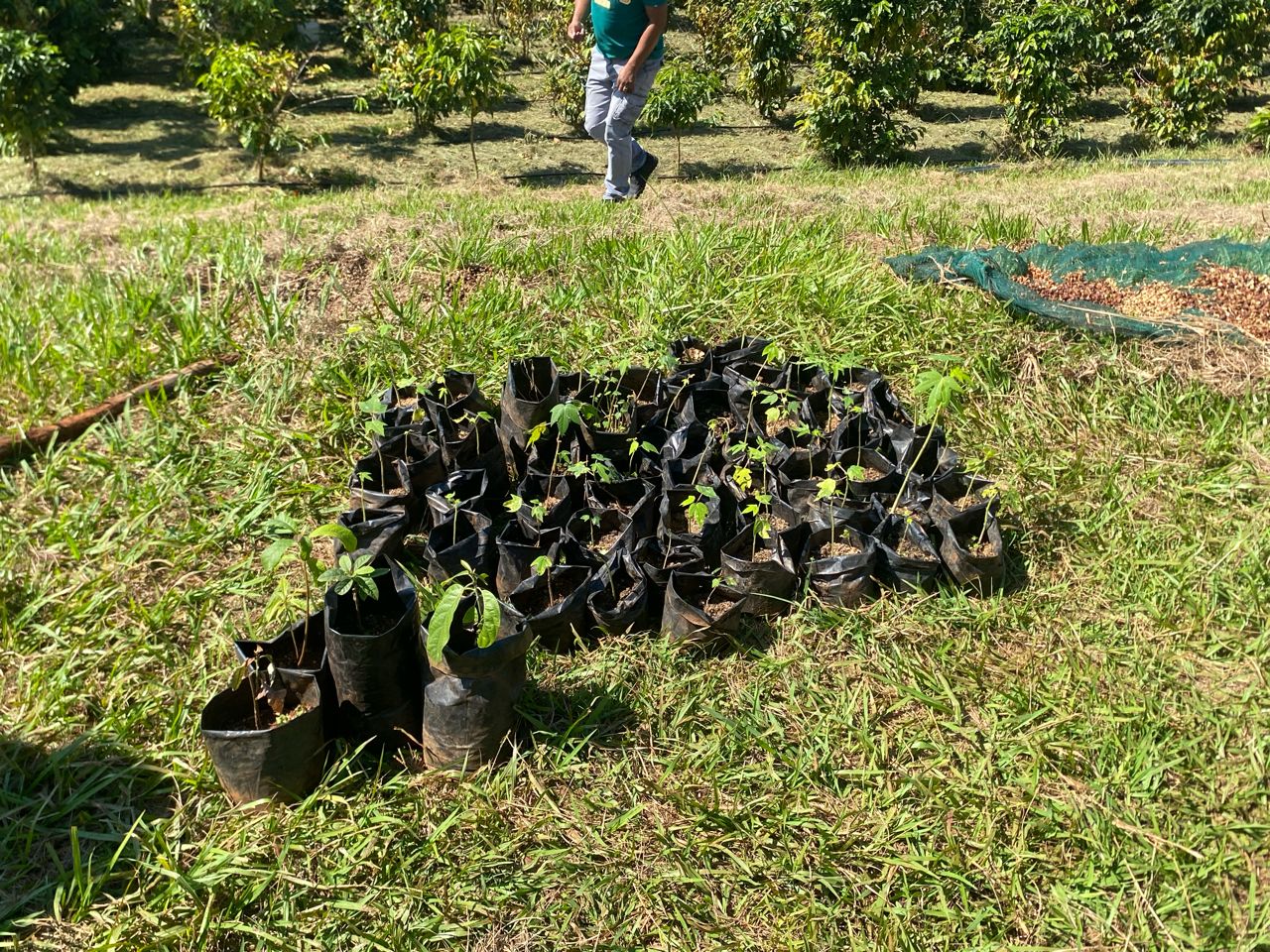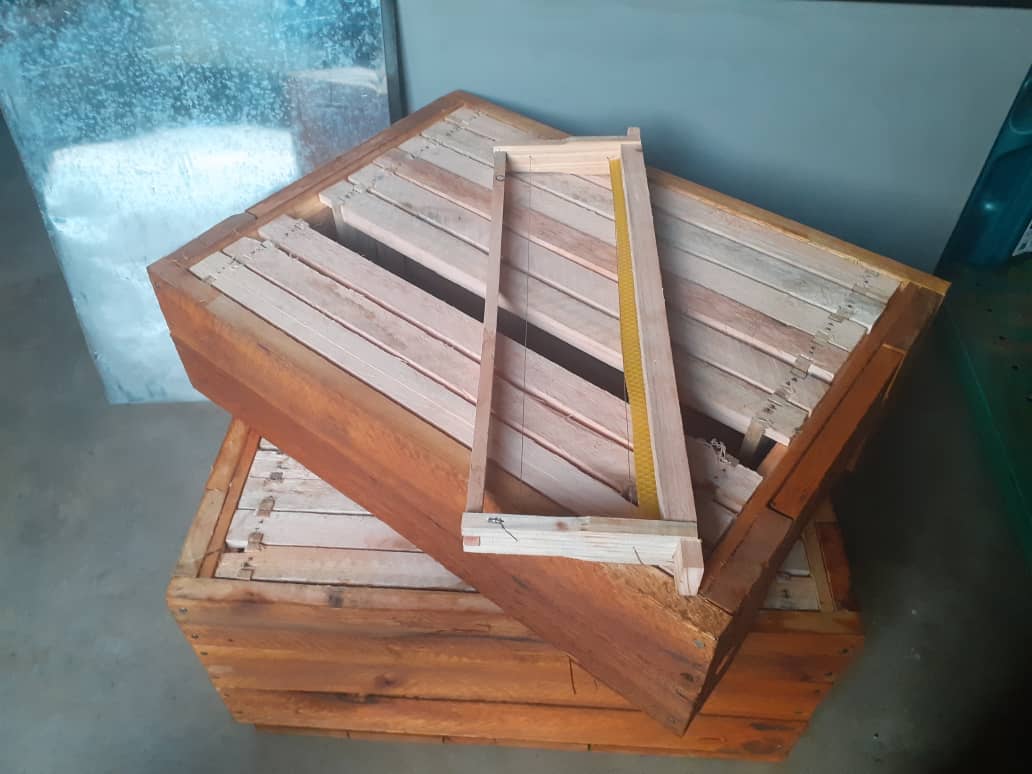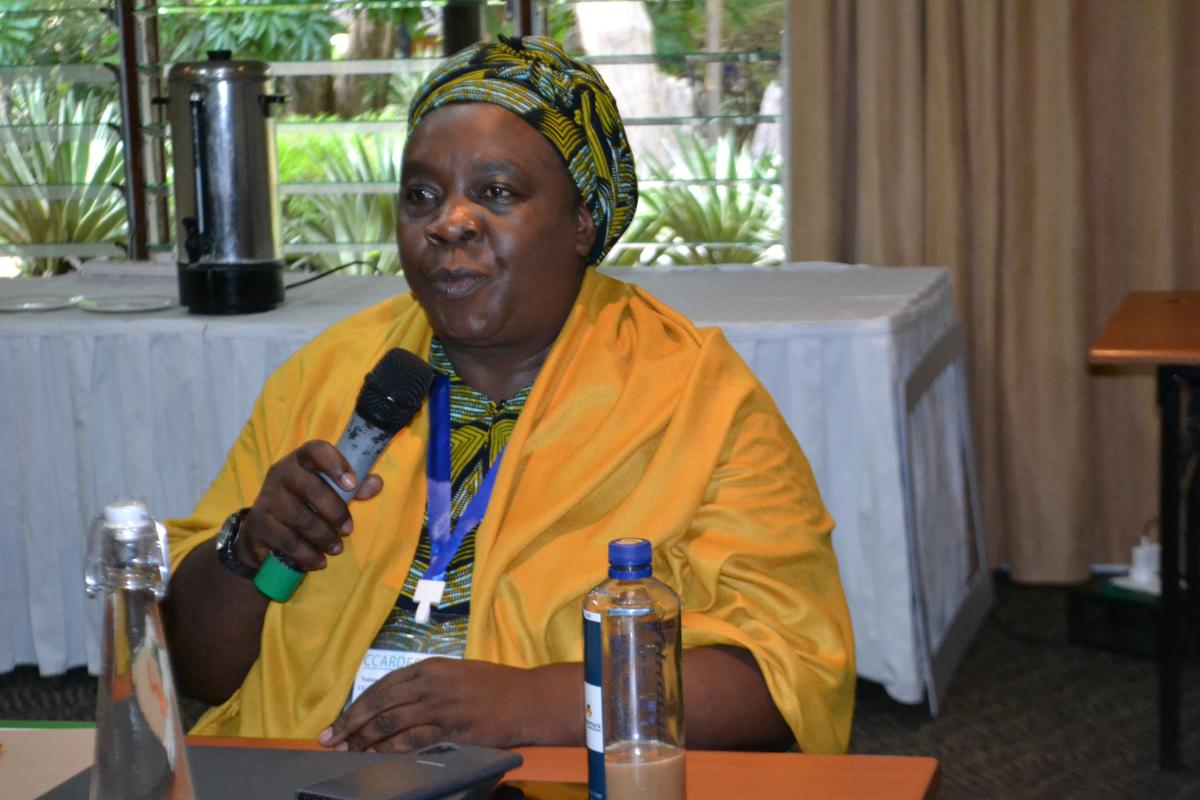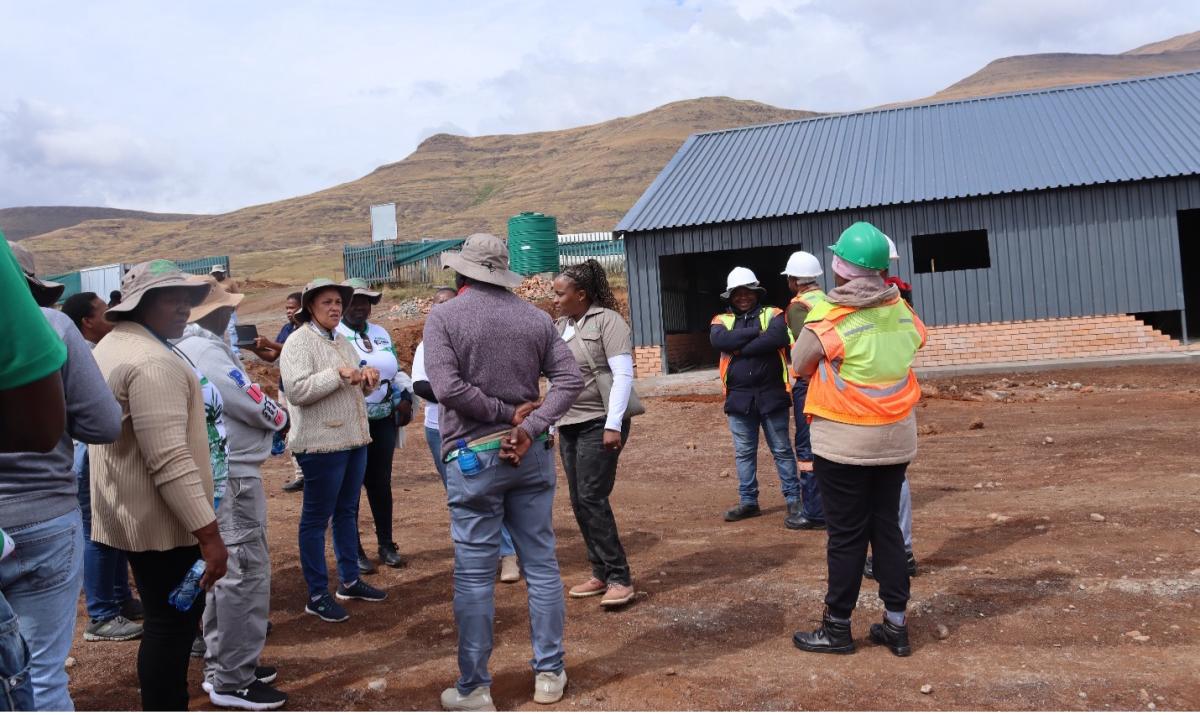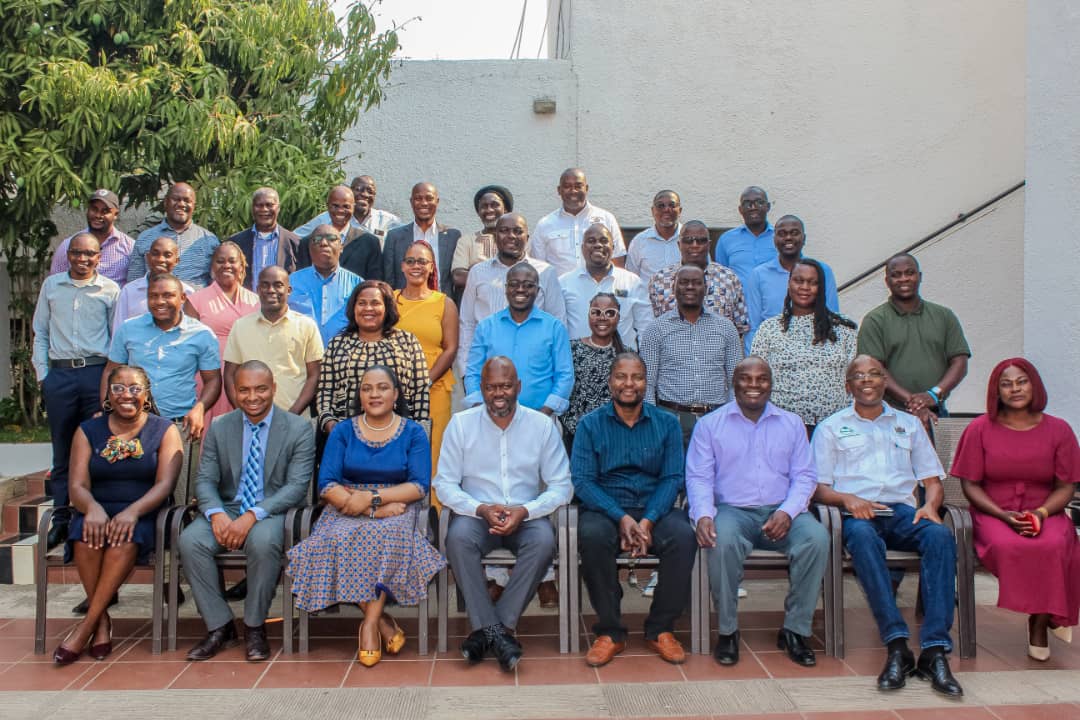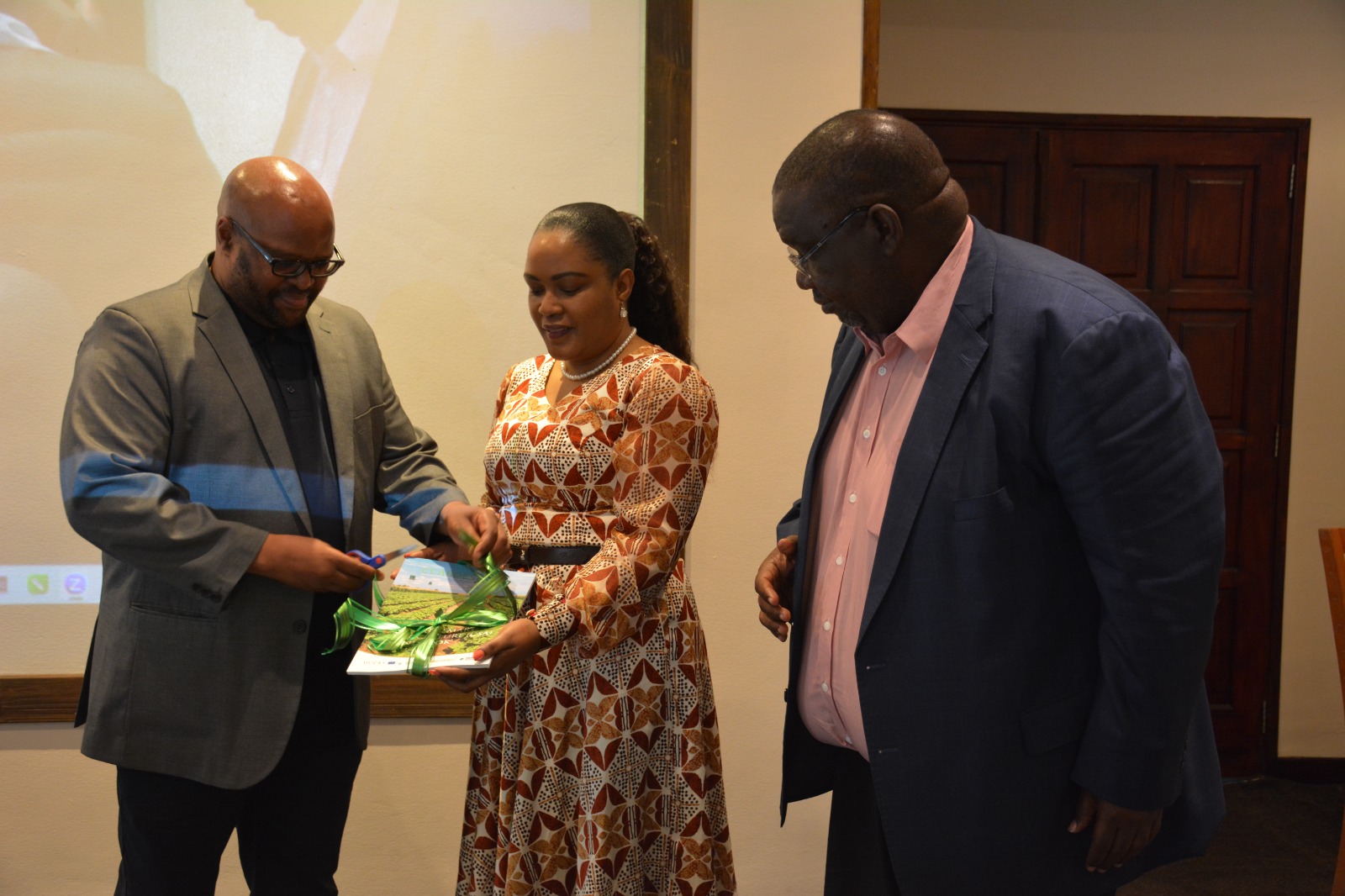Description/Abstract
Colocasia esculenta L. Schott belongs to the family Aracea and is grown for its edible corms as a staple food throughout subtropical and tropical regions of the world. Amadumbe (the Zulu name for Colocasia esculenta) is consumed by and holds an important place in the diet of local rural people in Kwazulu-Natal, South Africa. Three Amadumbe phenotypes were evaluated for their nutritional qualities. Like all known tubers, the locally grown Amadume contained high carbohydrate levels, adequate protein and low lipid content. Essential fatty acids (linoleic and linolenic) were identified as components of the Amadumbe lipids. Amadumbe was generally low in mineral content, apart from potassium and magnesium levels that were relatively high. Some anti-nutrients (protease inhibitors, lectin, phenolic compounds, alkaloids, oxalates, phytates, cyanogens and saponin) present in Amadumbe were also identified and quantified. The anti-nutrient levels were generally low and thus may not pose an immediate effect on the health of consumers. Reduction of the anti-nutrients through processing (cooking, frying, roasting) was observed to enhance the nutritional value of these tubers. However, their presence suggests that a steady consumption may lead to toxic levels. Two proteins (Al and B2) with a-amylase inhibitor activity, and a steroidal saponin (gamma-sitosterol) were extracted and partially characterised. The a-amylase inhibitors were extracted and partially purified through ammonium sulphate precipitation and chromatographic fractionation on diethylaminoethyl (DEAE)-Sephacel and Sephadex G-100. The molecular weights of the two inhibitors were estimated to be 17 000 and 19 000 dalton, respectively. The inhibitors were fairly heat-stable, with optimum activity at 40° C? pH 6.0. Both inhibitors showed activity against mammalian a-amylases, but were devoid of activity against fungal amylases. Inhibitor A also showed activity against plant amylases. The steroidal saponin extracted from Amadumbe was characterized through TLC, HPLC, GC-MS, IR and NMR spectroscopic analysis and identified to be gamma- sitosterol, an isomer of beta-sitosterol which is known to have a variety of high biological activity. Studies of the effect of beta-sitosterol on absorptive and digestive enzymes in Sprague-Dawley rats revealed that oral administration of beta-sitosterol had no apparent gross or microscopic lesions in the liver, kidney or small intestine. The administered p-sitosterol significantly decreased serum aspartate aminotransferase (ALT) and alanine aminotransferase (AST) levels. Na+/K -ATPase and intestinal disaccharidases activities were also significantly reduced in beta-sitosterol fed rats. These results do suggest that even though Amadumbe is a neglected crop in South Africa, it is a highly nutritional crop; the consumption of it could be beneficial to diabetic and hypertensive patients.


